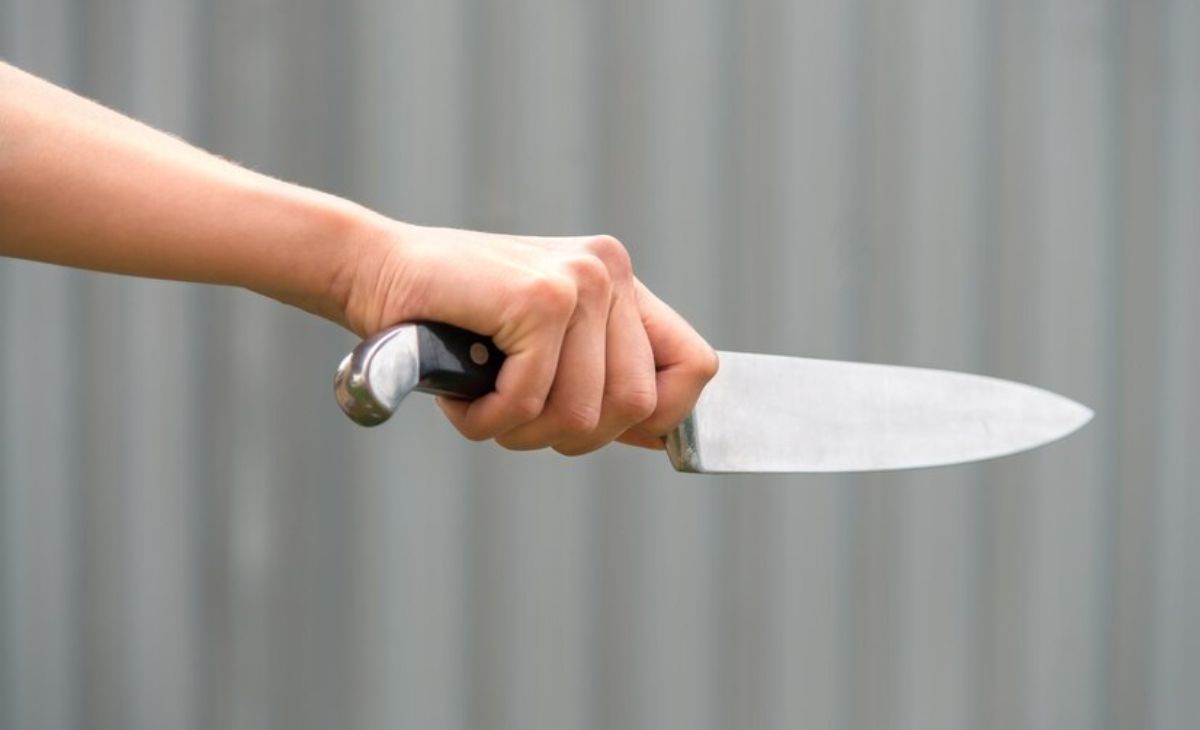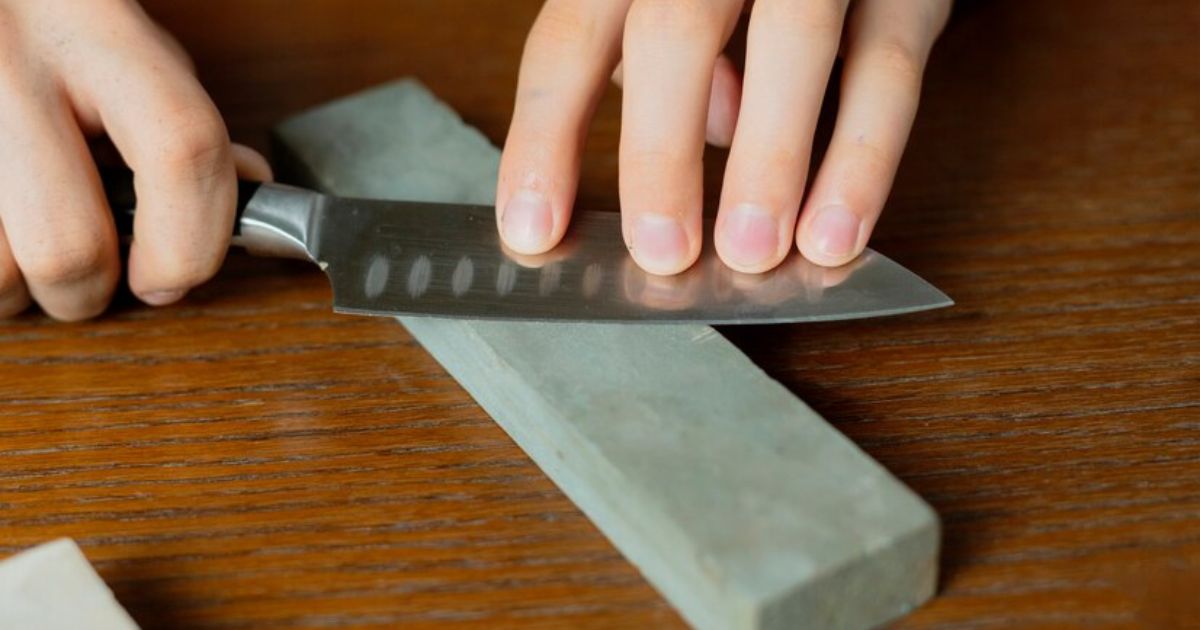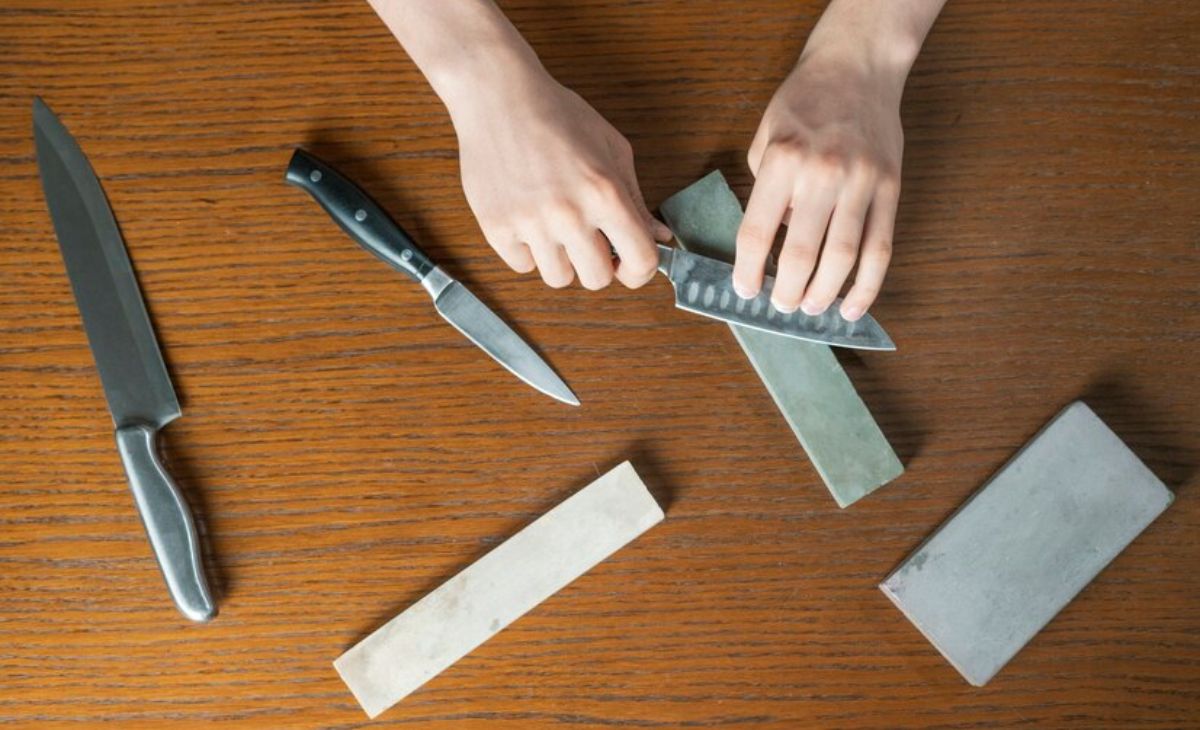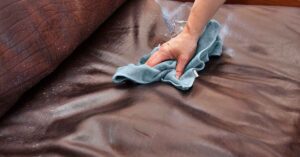“Did you know that a recent study found that 90% of kitchen knives tested positive for harmful bacteria? This alarming statistic highlights the importance of proper knife hygiene and the need for regular cleaning and sanitization, even if you’re cleaning without insurance. In this article, we will explore the guidelines and techniques for effectively cleaning and sanitizing knives, as well as the significance of maintaining a clean and safe kitchen environment. By following these recommendations, you can ensure the health and safety of your family and guests.
Key Takeaways
- Proper knife hygiene is crucial for food safety and preventing cross-contamination.
- Knives should be cleaned and sanitized after each use, especially when in contact with raw meat, poultry, or seafood.
- Regular cleaning and sanitizing maintain the longevity of knives and ensure food safety.
- Thoroughly clean and sanitize knives at the end of each day to remove accumulated food particles or bacteria.
Importance of Proper Knife Hygiene
Proper knife hygiene is of utmost importance for ensuring food safety and preventing cross-contamination in professional culinary environments. Maintaining a high standard of cleanliness and sanitation is essential to protect both the consumer and the reputation of the establishment. Cross-contamination, where harmful bacteria or pathogens are transferred from one food to another, can occur if knives are not properly cleaned and sanitized after each use.
This can lead to foodborne illnesses and pose a significant risk to public health. In addition, maintaining a clean and sanitized knife also helps to preserve the quality and taste of the food being prepared. It is crucial for professionals in the culinary industry to prioritize proper knife hygiene to ensure the safety and satisfaction of their customers.
Guidelines for Effective Knife Cleaning
To ensure proper food safety and prevent cross-contamination, professional culinary professionals must adhere to strict guidelines for effectively cleaning and sanitizing their knives. The first step in this process is to remove any visible food debris from the knife by thoroughly rinsing it under warm running water. Next, a mild detergent or dish soap should be used to scrub the knife, paying close attention to the handle and blade.
A nylon brush or sponge can be used to scrub away any stubborn residue. After cleaning, the knife should be rinsed again to remove any soap residue. Finally, the knife should be thoroughly dried with a clean towel to prevent the growth of bacteria. Following these guidelines will ensure that knives are clean and ready for proper sanitization techniques.
Proper Sanitization Techniques for Knives
After effectively cleaning the knife, the next crucial step is to properly sanitize it to ensure the highest level of food safety and hygiene. Sanitization is the process of reducing the number of microorganisms on the knife’s surface to a safe level. To achieve this, there are several effective techniques that can be employed. One common method is to immerse the knife in a sanitizing solution, such as a mixture of water and bleach. It is important to follow the manufacturer’s instructions and use the correct concentration of bleach to ensure effectiveness.
Another option is to use a commercial sanitizer spray or wipes specifically designed for kitchen utensils. These products are convenient and often contain ingredients that are effective against various types of bacteria and viruses. Regardless of the sanitization method chosen, it is crucial to allow the knife to air dry completely before using it again. This will help prevent any potential cross-contamination. Moving on to the next section, we will explore the proper techniques for cleaning and sanitizing knife blocks.
Cleaning and Sanitizing Knife Blocks
To maintain a high level of food safety and hygiene, it is essential to properly clean and sanitize knife blocks. Knife blocks are commonly used to store and organize knives, but over time, they can accumulate dirt, food debris, and bacteria. Cleaning and sanitizing knife blocks on a regular basis is crucial to prevent cross-contamination and ensure the safety of food preparation.
To clean a knife block, start by removing all the knives and any other utensils or debris inside. Use a small brush or pipe cleaner to dislodge any dirt or crumbs stuck in the slots. Next, wash the block with warm soapy water using a brush or sponge, paying extra attention to the slots. Rinse thoroughly and allow it to air dry completely.
After cleaning, it is important to sanitize the knife block to eliminate any remaining bacteria. One effective method is to use a solution of one tablespoon of bleach mixed with one gallon of water. Dip a cloth or sponge into the solution and wipe down the entire block, including the slots. Let it air dry again before putting the knives back.
Regularly cleaning and sanitizing your knife block will help maintain a hygienic and safe food preparation area. Make it a part of your routine to ensure the highest level of food safety and hygiene in your kitchen.
The Significance of Knife Cleaning and Sanitizing
Proper knife cleaning and sanitizing is of utmost importance in maintaining a hygienic and safe food preparation environment. Failure to clean and sanitize knives can lead to the spread of harmful bacteria and contaminants, posing a serious risk to both the food and the people consuming it.
To emphasize the significance of knife cleaning and sanitizing, let’s take a look at the table below:
| Importance of Knife Cleaning and Sanitizing |
|---|
| Prevents cross-contamination |
| Eliminates harmful bacteria and viruses |
| Ensures food safety and quality |
Recommended Frequency for Knife Cleaning
How frequently should knives be cleaned and sanitized to ensure food safety and hygiene? The recommended frequency for knife cleaning depends on several factors that contribute to maintaining a safe and healthy environment in the kitchen. Here are three key considerations:
- After each use: Knives should be cleaned and sanitized after every use, especially when they come into contact with raw meat, poultry, or seafood. This helps prevent cross-contamination and the spread of harmful bacteria.
- Throughout the day: In a professional food service setting, knives should be cleaned and sanitized periodically throughout the day, especially during busy periods or when switching between different types of food. This ensures that any potential contaminants are promptly removed.
- At the end of the day: It is essential to thoroughly clean and sanitize knives at the end of each day to remove any leftover food particles or bacteria that may have accumulated. This helps maintain the longevity of the knives and ensures food safety for the next day’s operations.
Tips for Properly Cleaning and Sanitizing Knives
When cleaning and sanitizing knives, it is important to follow proper procedures to ensure food safety and maintain a hygienic kitchen environment. Here are some tips to help you properly clean and sanitize your knives.
First, always start by rinsing the knife with warm water to remove any food debris. Use a gentle scrub brush or sponge to clean the blade, handle, and any other parts of the knife. Avoid using abrasive materials that can scratch the knife’s surface.
Next, use a mild dish soap to thoroughly clean the knife. Pay special attention to the handle and any crevices where bacteria can hide. Rinse the knife well with warm water to remove any soap residue.
After cleaning, sanitize the knife by either using a sanitizing solution or placing it in boiling water for a few minutes. Be sure to follow the manufacturer’s instructions for the proper dilution ratio or temperature.
Lastly, allow the knife to air dry completely before storing it away. Avoid using towels or cloths to dry the knife, as these can introduce bacteria.
Common Mistakes to Avoid When Cleaning Knives
To ensure the proper cleaning and sanitization of knives, it is important to avoid common mistakes that can compromise food safety. Here are three common mistakes to avoid when cleaning knives:
- Neglecting to clean the handle: Many people focus solely on cleaning the blade of the knife and overlook the handle. However, the handle can harbor bacteria and should be cleaned thoroughly to prevent cross-contamination.
- Using abrasive materials: Scrubbing knives with abrasive materials like steel wool or harsh cleaners can damage the blade and compromise its integrity. It is best to use a soft sponge or cloth with mild detergent to clean knives gently.
- Storing knives improperly: Storing knives in a disorganized manner or leaving them in the sink can lead to accidents and damage the blade. Knives should be stored in a knife block or sheath to protect the blade and ensure safety.
FAQ,s
Can I Use the Same Cleaning and Sanitizing Techniques for Both Stainless Steel and Ceramic Knives?
The cleaning and sanitizing techniques for stainless steel and ceramic knives may vary due to their different material properties. It is important to follow the manufacturer’s guidelines and use appropriate cleaning agents to ensure proper hygiene and longevity of the knives.
How Long Does It Take for a Knife to Be Properly Sanitized?
Proper sanitation of knives is essential for food safety. The duration required for thorough sanitization depends on the method employed and the specific regulations and guidelines followed in the industry.
Is It Necessary to Clean and Sanitize Knives After Every Use?
It is necessary to clean and sanitize knives after every use to ensure food safety and prevent cross-contamination. Proper cleaning and sanitizing practices are vital in maintaining a hygienic and safe food preparation environment.
Can I Use Bleach or Other Harsh Chemicals to Sanitize My Knives?
Using bleach or other harsh chemicals to sanitize knives is not recommended as it can damage the knives and potentially contaminate food. It is best to follow proper cleaning and sanitizing procedures recommended by food safety guidelines.
Are There Any Specific Cleaning Products or Solutions That Should Be Used for Knife Cleaning and Sanitizing?
There are specific cleaning products and solutions that should be used for knife cleaning and sanitizing. These products ensure effective removal of dirt and bacteria, maintaining hygiene and preventing cross-contamination in food preparation areas.
Conclusion
In conclusion, maintaining proper hygiene for knives is crucial to prevent the spread of bacteria and ensure food safety. Regular cleaning and sanitization not only prolong the lifespan of the knives but also protect the health of both the users and the consumers. By following the recommended guidelines and avoiding common mistakes, individuals can effectively maintain the cleanliness and sanitation of their knives, promoting a safe and healthy cooking environment. Remember, a clean knife is a responsible knife.












